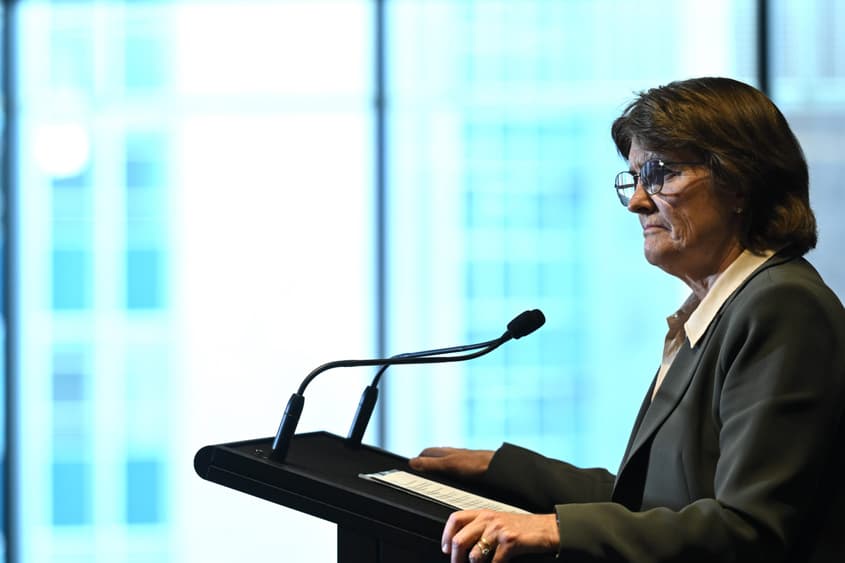Yesterday the Reserve Bank of Australia announced no change in official interest rates. Among other reasons it said “measures of labour underutilisation remain at low rates, job vacancies are still at a high level and business surveys and liaison continue to suggest that a significant share of firms are experiencing difficulty sourcing labour.”
Wed 5 Nov 2025 13.00

Photo: AAP Image/Dean Lewins
Yesterday the Reserve Bank of Australia announced no change in official interest rates. Among other reasons it said “measures of labour underutilisation remain at low rates, job vacancies are still at a high level and business surveys and liaison continue to suggest that a significant share of firms are experiencing difficulty sourcing labour.”
The RBA said that despite knowing that unemployment has increased from 3.5% in June 2023 to 4.5% in September 2025, or 684,000 people on the latest figure we have.
The official unemployment rate only includes those who say they want to work, and they have looked for work in the last week and are ready to work in the next week. So the official unemployment rate ignores discouraged workers and those who took up short training/education courses, or those who would need to find new child care or care for other relatives/friends. It is hard for many people to rearrange their affairs so they are free to work pretty well immediately.
So those not officially unemployed but wanting a job shouldn’t be much more than the 684,000 people you might think. Well the ABS estimates there are 1.2 million of them with 1.1 million available to either start immediately or within 4 weeks.
The ABS said the main reason women were unavailable to start within 4 weeks was “Caring for children”.
How can the labour market be considered tight when so many are not even recorded as unemployed.
The other reason we know the official rate of unemployment is a bad measure of labour market tightness is by examining where people go when they leave employment and where they come from when they get a job.
You would think that most would go into and out of the official measure of unemployment if it truly measured what it purports to measure. But no, other ABS figures show that for those who left employment in September, 29,300 went into the measured unemployment and 34,000 left the labour force entirely. And for those who entered employment 39,300 came from the ranks of the unemployed and 60,700 from outside the labour force. So official levels of unemployment are only a fraction of the total flows from employment and into employment.
All this indicates that for every measured unemployed person there are many more who are not recorded but appear nevertheless to take new job offers if they arise.
We may well ask why the RBA ignores its legislated responsibility for full employment.
